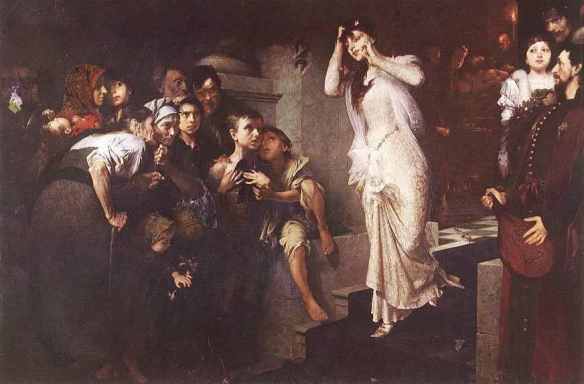In 1868, the landscape painter Antal Ligeti was appointed as curator of the Picture Gallery of the Hungarian National Museum. In the previous year, Austria and Hungary had signed an agreement known as the Compromise, which gave Hungary considerable autonomy within the Habsburg Empire (from then on known as the Austro-Hungarian Monarchy). Although not completely independent, Hungary aimed to assert itself as a nation state, and institutions such as the National Museum and its Picture Gallery played a crucial role in articulating, shaping and reflecting that vision. Ever since its foundation at the beginning of the century, the Hungarian National Museum had developed in close symbiosis with the Hungarian national movement. This intimate relationship is not unique to Hungary. As the modern idea of the nation emerged in nineteenth-century Europe, national identities were shaped by the gradually solidifying stories that people told themselves about their histories and cultures. National museums contributed to nation-building by presenting these stories through the new medium of the exhibition.
This post acknowledges all this – it would be ignorant not to. Still, it is concerned with something else. Museums might be ideological machines – but, I wager to say, that is not why we like them. Their displays form narratives, but those narratives are made up of individual objects, whose individual stories might disrupt, as much as underpin the larger story. Those objects can connect together in unexpected ways, diverging from the main storyline. Ultimately, there is no way to control how individual viewers perceive specific objects or the exhibition as a whole; when we look at art, personal issues, tastes, feelings and moods always colour – and should colour – our experience. This is not only true of viewers. Museums are run by individuals with their own ideas and aspirations, their own life stories, and these will inevitably feed into the displays, even if so quietly that it is almost impossible to notice. In this post, I will try to reconstruct how Ligeti, as a creative individual, weaved his own story into the wider story he was expected to tell.*

József Molnár: Kálvin Square with the Hungarian National Museum, 1885 (Budapest History Museum; photo: Wikimedia Commons)


